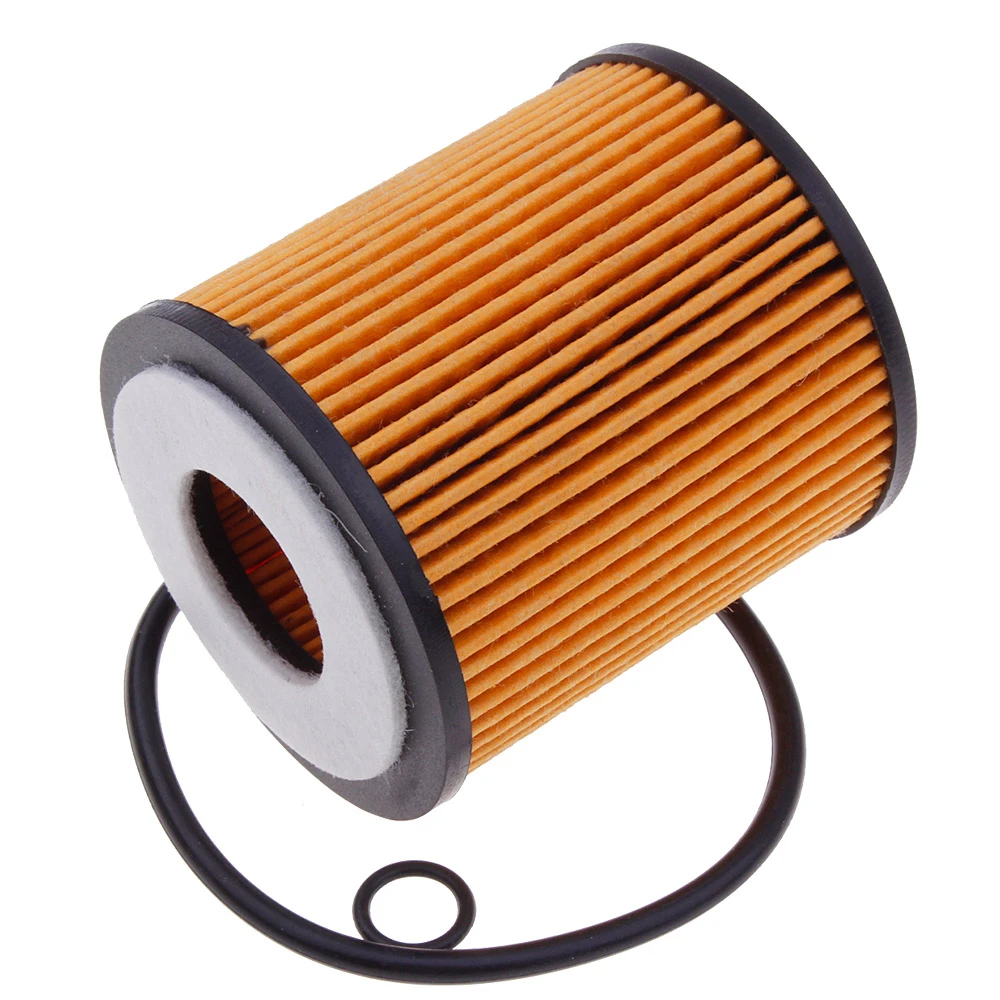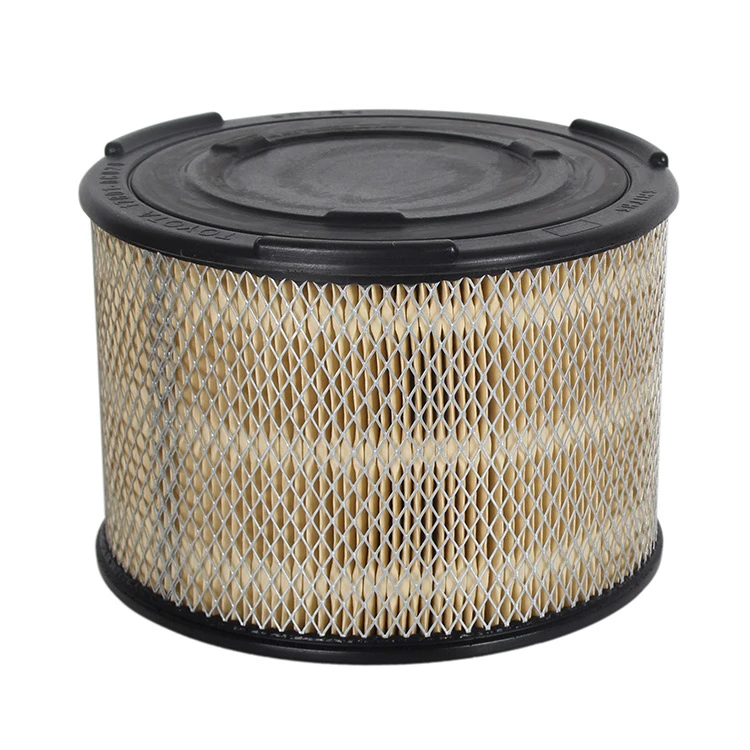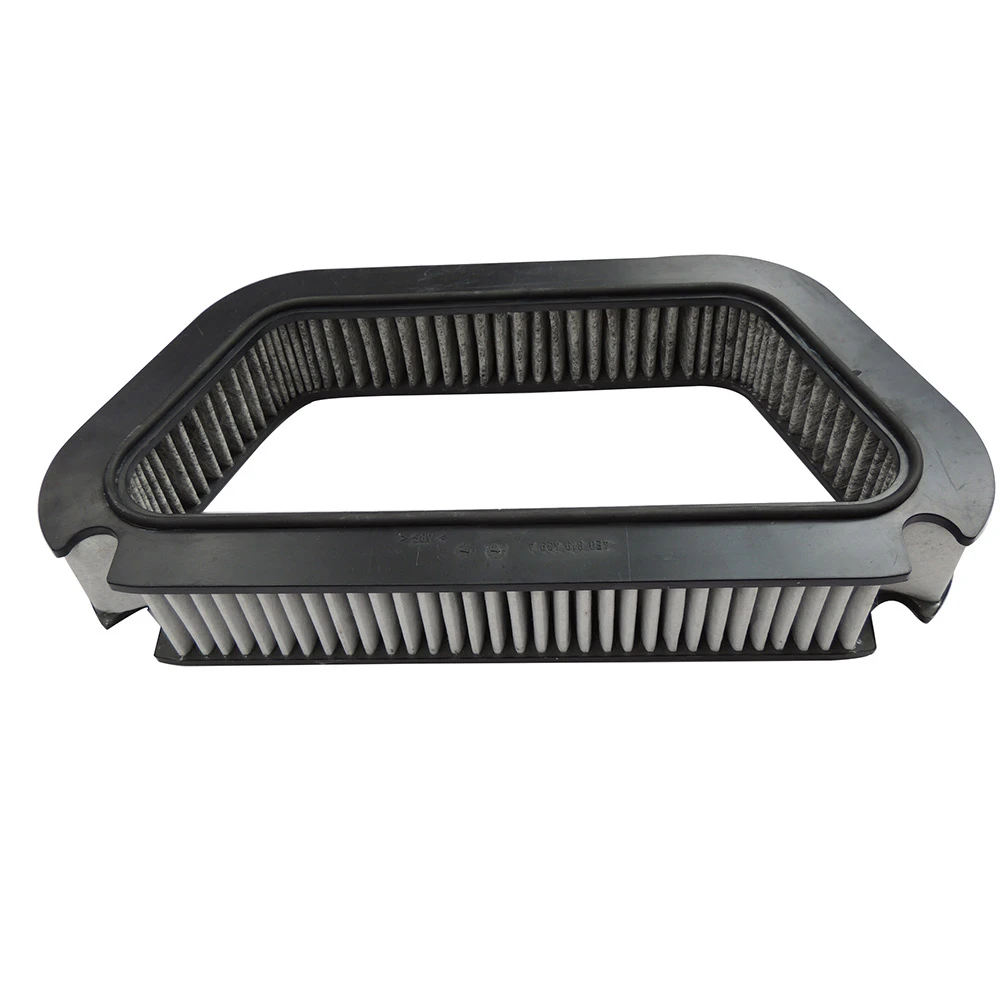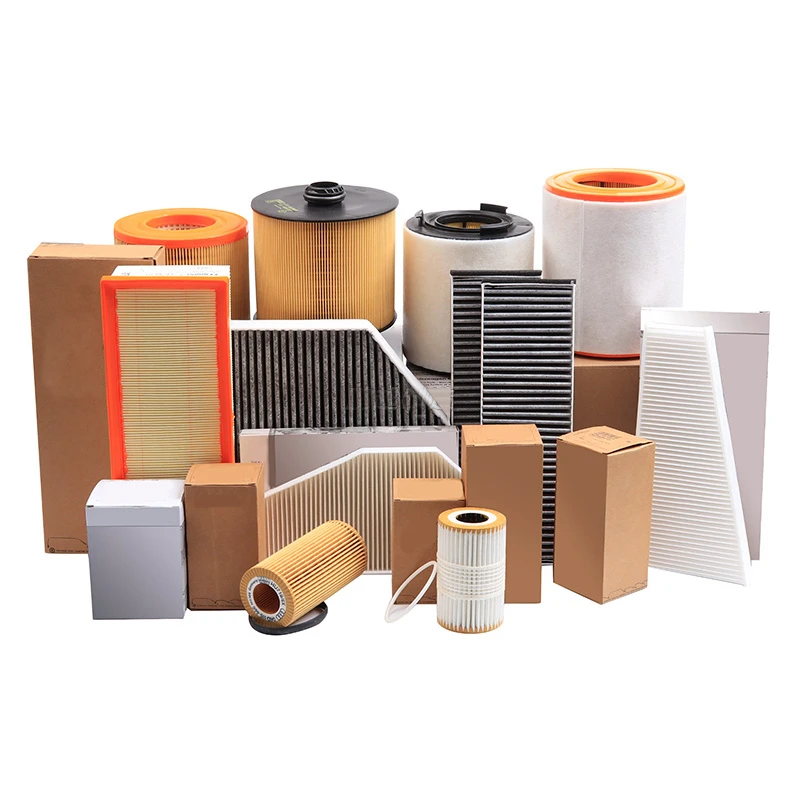
Regular maintenance of your vehicle’s filtration system is vital for both performance and health. Among the most important yet frequently overlooked tasks is changing your auto cabin air filter. This component, along with your cabin filter and engine filter, plays a critical role in ensuring clean air inside your vehicle and protecting the engine from harmful particles. Understanding the proper intervals for replacing these filters will help you maintain a comfortable cabin environment and extend your car’s longevity.

How Often Should You Change Your Cabin Air Filter?
The lifespan of a cabin air filter varies depending on driving conditions, environment, and filter quality. Generally, it is recommended to replace the auto cabin air filter every 12,000 to 15,000 miles, or roughly once a year. However, if you often drive in heavy traffic, urban areas with high pollution, or dusty environments, you may need to change it more frequently—sometimes as often as every 6,000 to 10,000 miles.
Changing the cabin air filter regularly ensures that your vehicle’s HVAC system receives clean, unobstructed airflow. A clogged or dirty cabin filter reduces ventilation efficiency, causes unpleasant odors, and can increase allergens inside the car, negatively affecting both driver and passenger comfort. Regular inspection is key; if you notice reduced airflow or musty smells, it’s a good indicator that your filter needs replacement.
The Role of Cabin Filter and Engine Filter in Vehicle Maintenance
The cabin filter and engine filter serve two distinct but equally essential purposes in your vehicle. While the cabin filter cleans the air entering the vehicle’s interior, protecting passengers from dust, pollen, and pollutants, the engine filter ensures that the engine itself receives clean air for combustion, free from dirt and debris.
Proper maintenance of both filters is critical. A dirty engine filter can reduce engine efficiency, decrease fuel economy, and increase emissions. Meanwhile, a clogged cabin filter impairs HVAC system performance and reduces air quality inside the vehicle. Because both filters influence your vehicle’s health and your comfort, many car owners replace the cabin filter and engine filter at the same time during scheduled maintenance to ensure optimal operation.
When to Replace Cabin and Engine Air Filter Together
Replacing the cabin and engine air filter simultaneously can simplify vehicle upkeep and improve overall system reliability. Although these filters have different functions and lifespans, synchronized replacement ensures that both the engine breathes clean air for efficient combustion and that the cabin stays fresh and pollutant-free.
Manufacturers usually recommend inspecting both filters at routine service intervals, which often fall between 12,000 and 20,000 miles. Environmental factors such as dusty roads, heavy traffic, or industrial pollution can accelerate filter wear, warranting earlier replacement. Checking both filters together can save time, prevent overlooked issues, and help maintain consistent vehicle performance.
Advantages of Using a Quality Auto Cabin Air Filter
Choosing a high-quality auto cabin air filter enhances air filtration and contributes to a healthier cabin environment. Superior filters efficiently trap fine particles like dust, pollen, mold spores, and vehicle exhaust, reducing allergens and airborne contaminants. Many premium filters include activated carbon layers to neutralize odors, including smoke and fuel fumes.
A quality auto cabin air filter supports your HVAC system by maintaining steady airflow, improving temperature regulation and defrosting capability. Durable construction also means fewer replacements and better value over time. Investing in a reputable brand ensures that you benefit from advanced materials and thorough testing, safeguarding both your health and your vehicle’s performance.
Cabin Air Filter FAQs
How often should you change your cabin air filter?
Most vehicle manufacturers recommend replacing the auto cabin air filter every 12,000 to 15,000 miles, or approximately once per year. However, if you frequently drive in polluted, dusty, or high-allergen environments, changing it more often—every 6,000 to 10,000 miles—may be necessary to maintain optimal air quality and HVAC efficiency.
What happens if I neglect to replace the cabin and engine air filter?
Failing to replace the cabin and engine air filter can lead to reduced engine performance, increased fuel consumption, and higher emissions due to restricted airflow. Inside the cabin, a dirty filter causes poor ventilation, unpleasant odors, and increased exposure to allergens and pollutants, potentially affecting health and comfort.
Can I replace the cabin filter and engine filter myself?
Yes, replacing both the cabin and engine air filter can often be done by vehicle owners with basic mechanical skills. The filters are usually accessible, with the cabin filter located behind the glove box or under the dashboard and the engine filter in the air intake system. Consult your vehicle’s manual for specific instructions.
Are aftermarket auto cabin air filters as good as OEM?
High-quality aftermarket auto cabin air filters can offer filtration performance comparable to OEM parts, sometimes at a lower cost. It’s important to select filters from reputable brands known for meeting or exceeding manufacturer specifications to ensure proper fit, filtration efficiency, and durability.
How do environmental conditions affect the lifespan of cabin and engine filters?
Environmental factors such as heavy traffic, dusty roads, pollen season, and industrial pollution accelerate filter clogging. Vehicles regularly exposed to these conditions will require more frequent replacement of both cabin and engine air filters to maintain engine efficiency and cabin air quality.
-
Unlocking the Secrets of Vehicle Air FiltersNewsAug.21,2025
-
Optimize Your Vehicle’s Performance with a Conical Air Filter for CarNewsAug.21,2025
-
Keep Your Drive Fresh and Healthy with a Reusable Cabin Air FilterNewsAug.21,2025
-
Ensure Fresh Air and Optimal PerformanceNewsAug.21,2025
-
Boost Your Ride’s Performance with the Perfect Car Air FilterNewsAug.21,2025
-
Gasoline Filter Lifespan in Different VehiclesNewsAug.19,2025
-
Filter Suppliers for Water Treatment PlantsNewsAug.19,2025
Related Products




